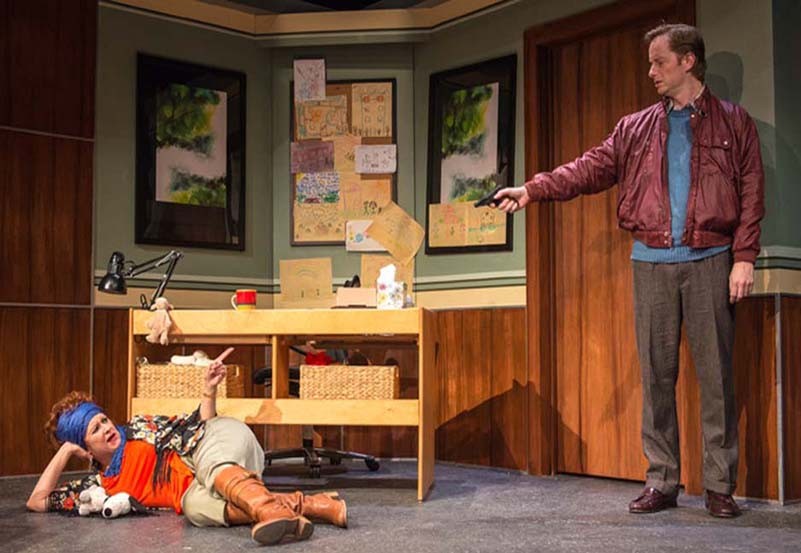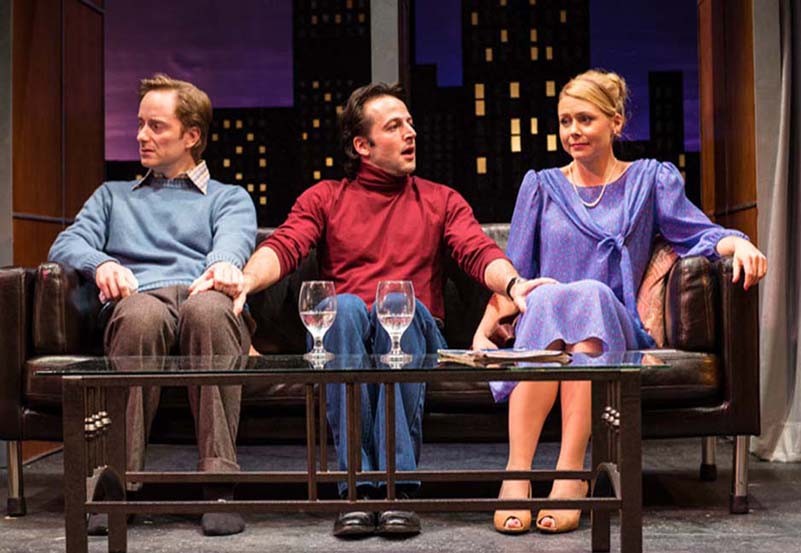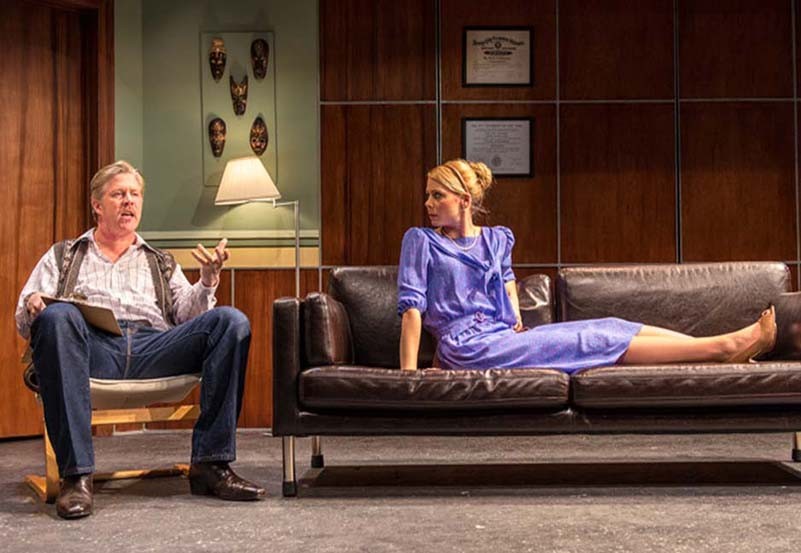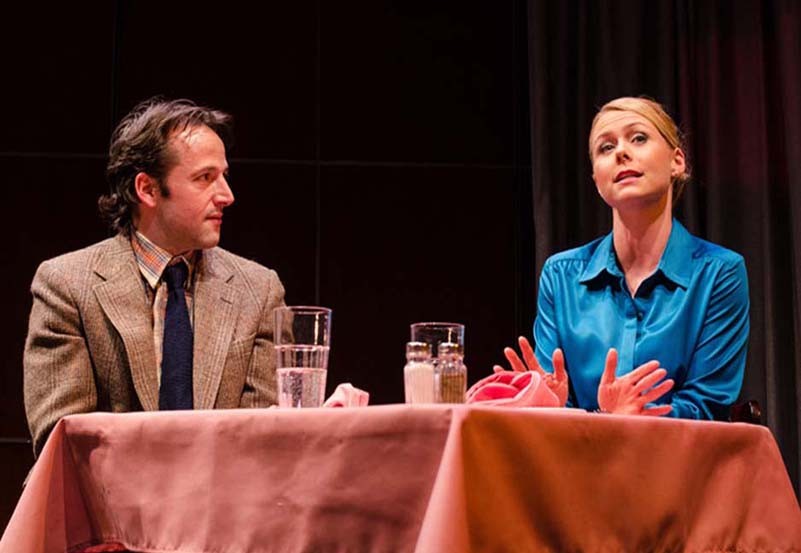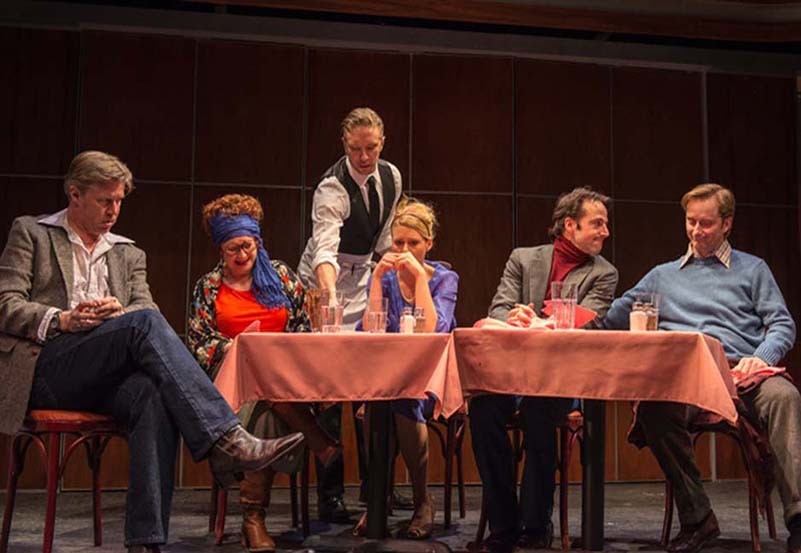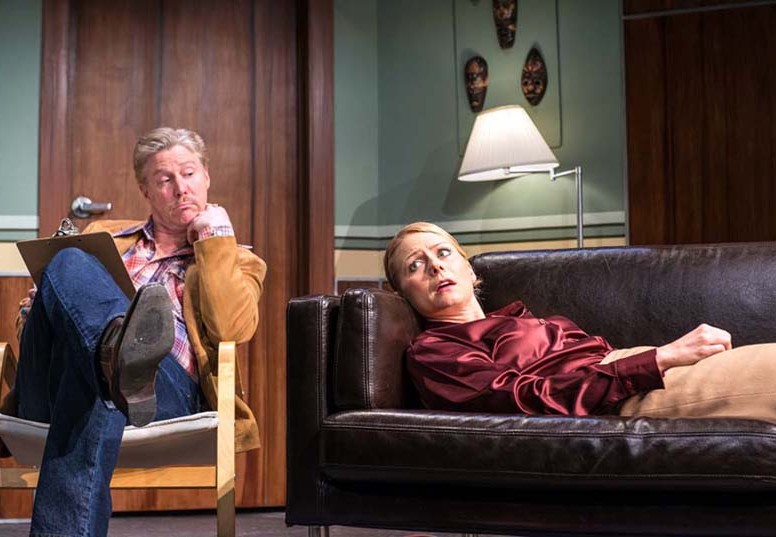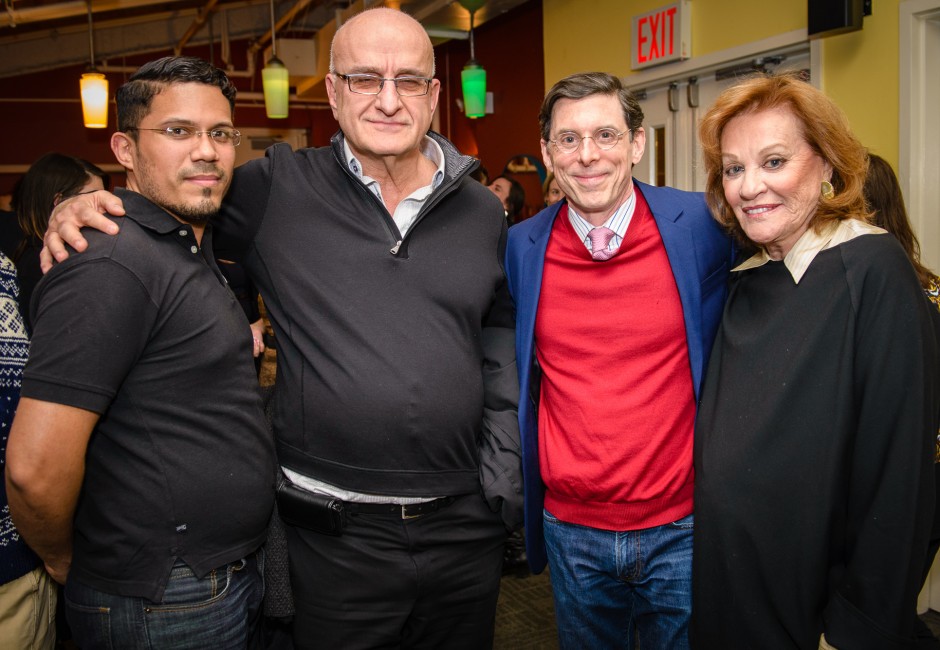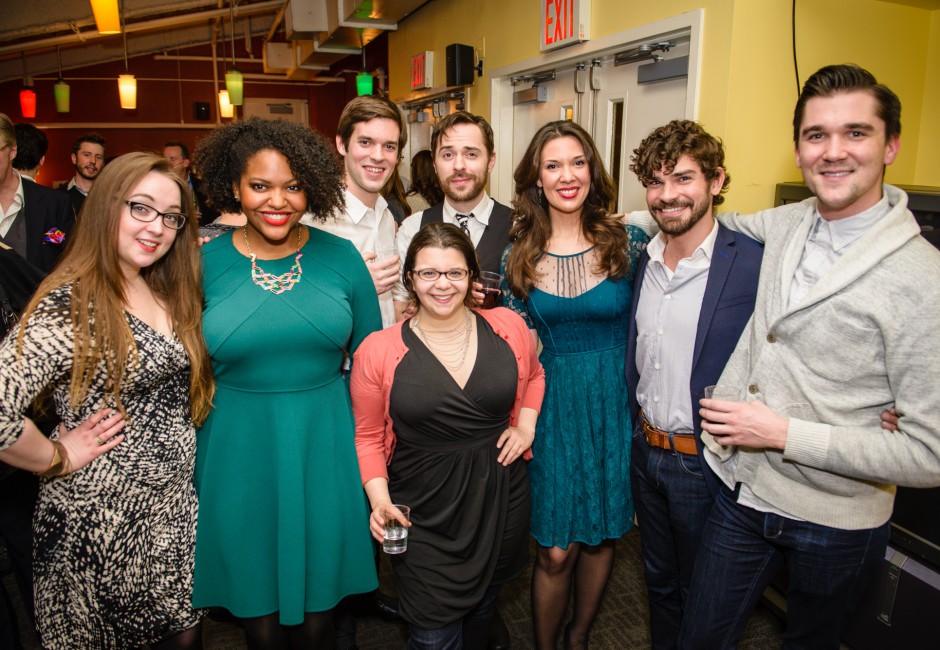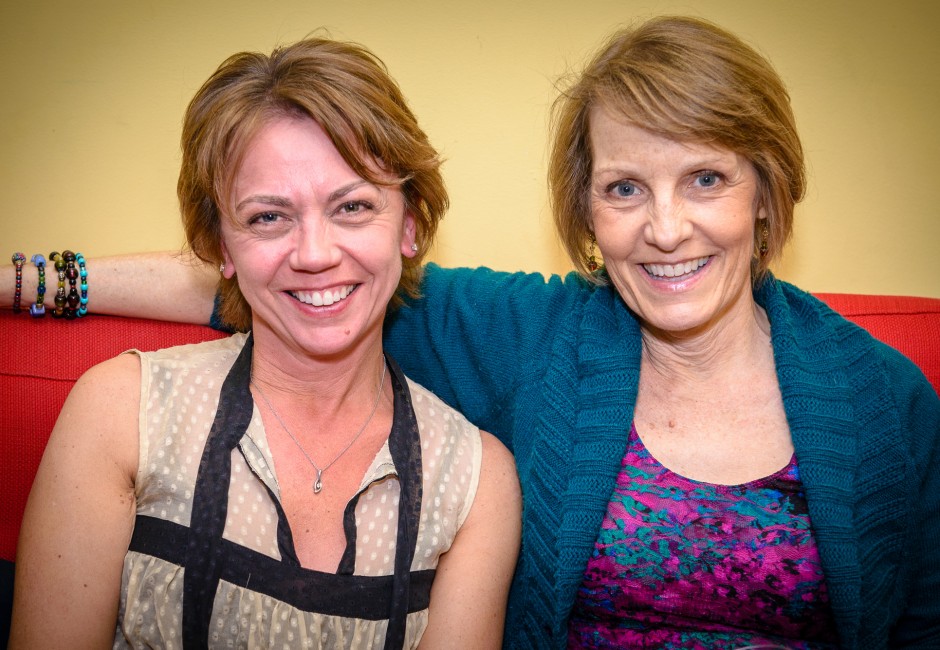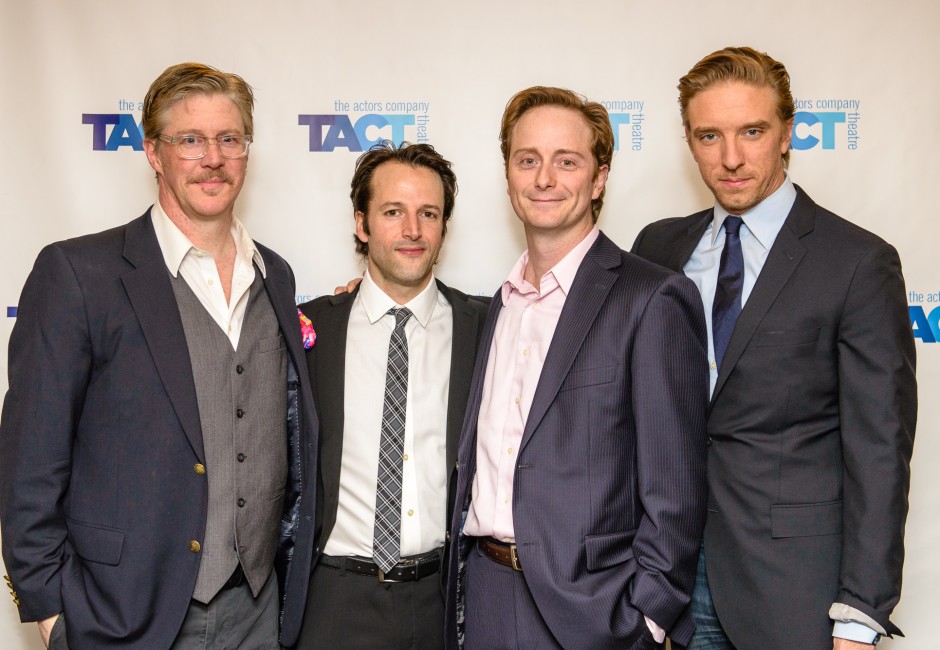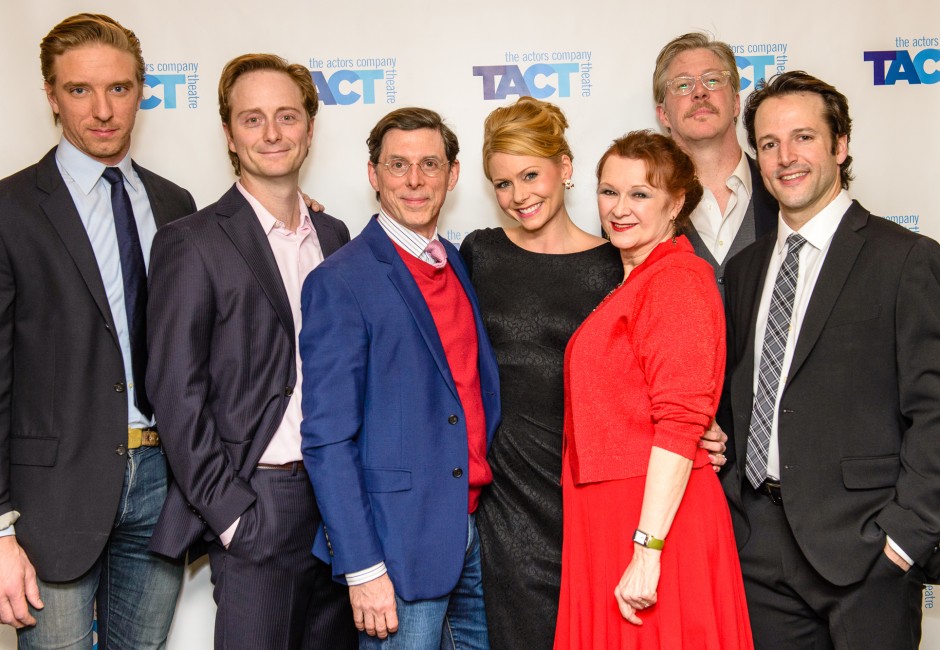VIDEO
FIlmed by Karl Kenzler
Photos
Dramaturgy
Trying different restaurants having a few beers the simple things in life going back to school. Running shoes Ethiopian fixing up my house whiskey outdoorsy, Infinite Jest training for the marathon my cats going to shows amazing women I’ve met. Bacon honest and direct but then it wouldn’t be private you should message me outdoorsy optimistic.
The above is not a poorly edited college essay, nor is it a modernist poem—though computer programmer Lauren Hallden’s work has been described as “bizarre found poetry.” Hallden created an online sentence randomizer which pulls phrases exclusively from OKCupid online dating profiles. The oddly specific repetitions and bland familiarity of the clichés may send shudders of recognition through those who have spent time in the world of online dating, where one quickly realizes that this universe of searchable profiles and algorithm-engineered matches is less a fantastic opportunity to show your true self, and more a terrifying imperative to try and figure out how.
From this perspective, despite being set and written over 30 years ago, Christopher Durang’s Beyond Therapy feels remarkably familiar. Single, thirty-something New Yorkers Bruce and Prudence struggle to make sense of their lives with the help of therapists who are crazier than they are, and to find love through newspaper personal ads—but instead, just find each other. The fundamental disconnectedness of this method of dating feels most emphatic when Bruce and his therapist cheerfully compose a lie-filled personal ad which describes him as, among other things, a “Pulitzer Prize winning author.” Who wouldn’t want to offer the best possible version of themselves to potential lovers? But the dizzying task of projecting an ideal self for a hypothetical and possibly imaginary partner quickly starts to feel more like a marketing exercise than a form of self-expression. Thus are born the generic and repetitious personal ads gently mocked by Hallden’s generator and the opening lines of Beyond Therapy.“Are you white male, 30 to 35, 6’2”, blue eyes, who’s into rock music, movies, jogging, and quiet evenings at home?” Prudence asks in the first moments of the play. But as their date progresses, Bruce’s various eccentricities hilariously remind us that no one can be summarized in a three-sentence list (the pathologically wacky Bruce in particular) paid for by the word— just as today, we despair of compressing our thoughts into 140 characters on Twitter.
In December 1981, NY Magazine put out its “Single in the City” issue, an in-depth look at the world of dating. It lamented the factors that made finding relationships in New York City so difficult: “the quest for fame and fortune, the sheer number of singles, the pressure to perform… the delaying of marriage for career,” among others. These anxieties about the inability of young people to settle down and the prioritization of work over love wouldn’t sound at all out of place in this week’s “Modern Love” column, perhaps alongside their analysis of contradictory studies on the physical and mental health effects of being single or their statistics about educated, professional, single women outnumbering similar men. On the other hand, the magazine’s continual, confident references to “singles bars” as a specific genre of establishment seem more likely to be greeted today with a response along the lines of one NYC blogger: “I’m pretty sure those only exist in movies.” Still more jarringly anachronistic? The magazine’s assurance that if your date lacks cab fare, five dollars should be plenty to get them home.
Though price inflation and fashion may be different (never wear leg warmers on a date, NY Magazine warns), the stresses underpinning single life in a big, busy city don’t seem to have changed much between 1981 and now. In a recent conversation with TACT, Durang mentioned that he is frequently approached by directors about ‘updating’ some of his older plays, and Beyond Therapy in particular, but, he said, he never felt his efforts to do so were successful and he abandoned them all before they were completed. He found that the comedy could not be purged of its topical references without destroying the rhythm of the humor. But more importantly, the human emotions supporting the wild comedy seem to have endured the superficial changes of the modern world.
Though it might seem like these superficial differences would make the play and its events feel alien and distant, the opposite often proves true. The increased attention demanded by a historical play seems to make us more attuned not only to understanding the references, but also to drawing connections to our own time. Keeping one’s brain turned on is certainly a must with Durang’s quippy, fast-paced humor, but looking equally closely and critically at the anxieties, hopes, and fears of the characters—‘80s-tinged though they may seem at first glance— only serves to enhance their timeliness. The temporal distance does not so much disappear as become a bridge between then and now.
We hope you enjoy this presentation of one of 2013 Tony Award winner Christopher Durang’s earliest plays, not only as a glimpse at the early steps of a successful playwright’s long career, but because it offers perfect proof that the more things change, the more they stay the same—all through the words of one of America’s funniest contemporary playwrights.
Press
NYC Revival of Christopher Durang’s Beyond Therapy Opens March 25
PHOTO FLASH: First Look at TACT’s BEYOND THERAPY Beginning Performances Tonight Off Broadway


